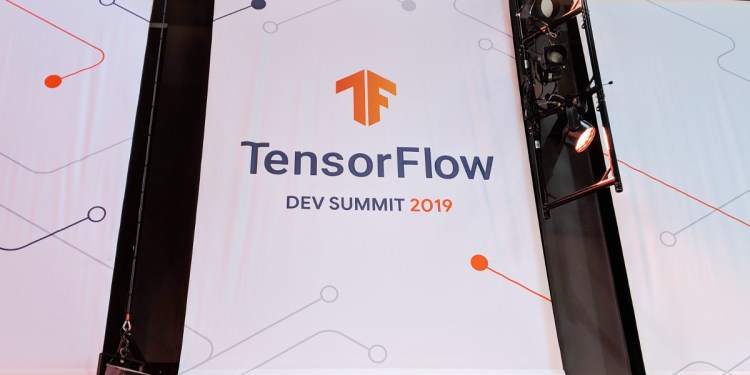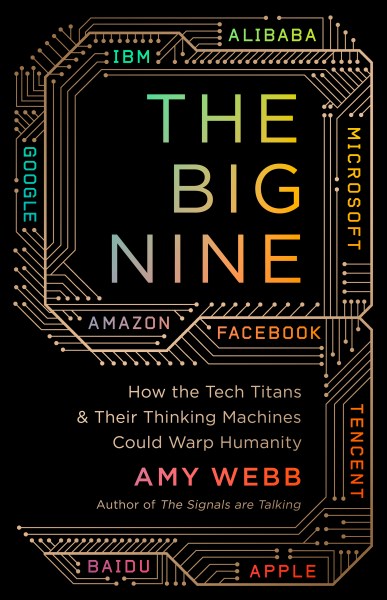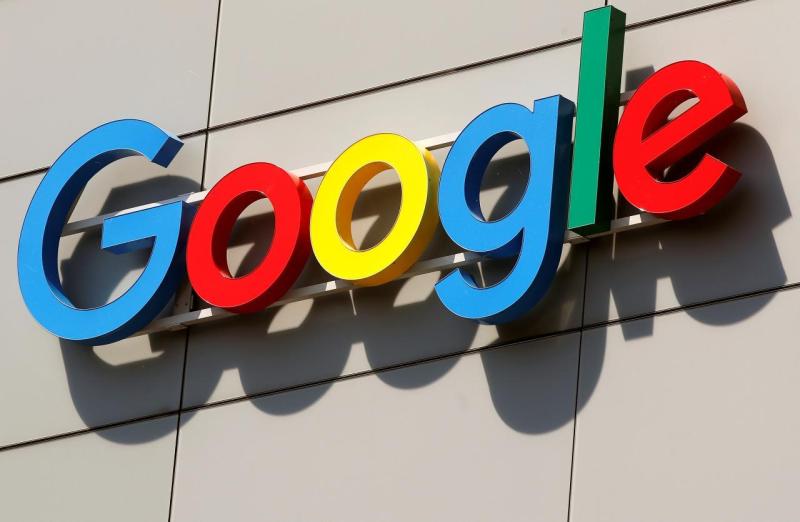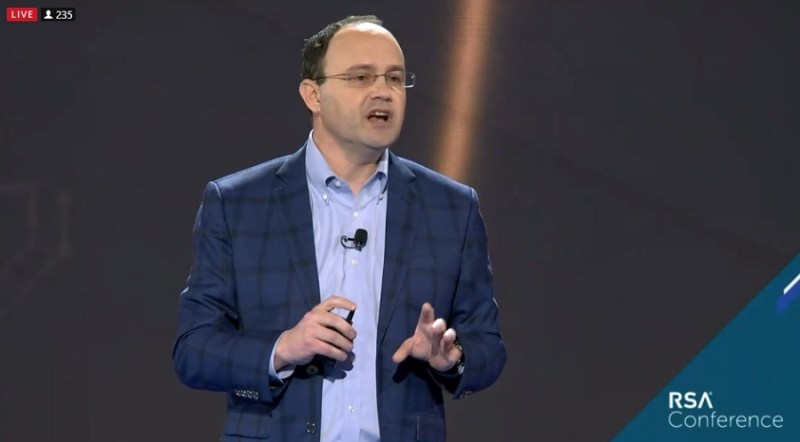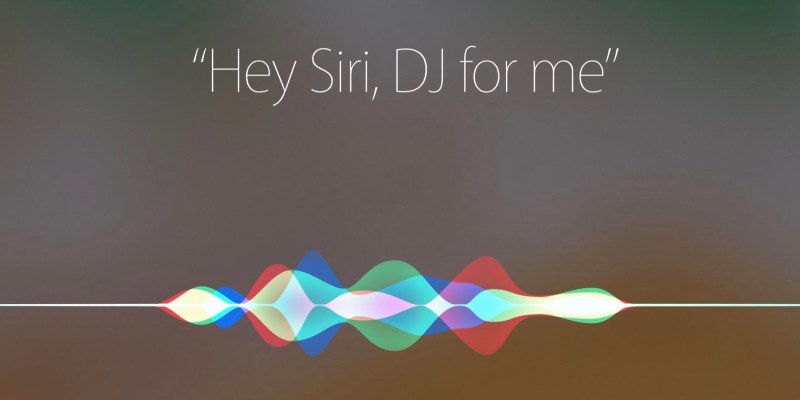Watch all the Transform 2020 sessions on-demand here.
A lot of news made headlines this week at the third annual TensorFlow Dev Summit.
New versions of TensorFlow, including TensorFlow 2.0 with tf.keras as a central API and TensorFlow Lite 1.0 for mobile devices, were released, as was a $150 Coral board for edge TPU applications.
Speed optimization for AI on mobile devices and a cleanup of TensorFlow’s cluttered APIs is more than cosmetic — these changes will shape how developers and businesses train AI systems. But the news that caught my eye was the release of TensorFlow for federated learning.
TensorFlow Federated will provide distributed machine learning for developers to train models across many mobile devices without data ever leaving those devices. Encryption provides an additional layer of privacy, and weights from models trained on mobile devices are shared with a central model for continuous learning.
June 5th: The AI Audit in NYC
Join us next week in NYC to engage with top executive leaders, delving into strategies for auditing AI models to ensure fairness, optimal performance, and ethical compliance across diverse organizations. Secure your attendance for this exclusive invite-only event.
The Google AI research team debuted federated learning as a way to train AI on-device compute power in April 2017 and since then has used it for personalization in GBoard and search for Android smartphones.
Much like Kubernetes (originally designed by Google) allows portability between cloud base and on-premise deployment of AI models, federated learning is likely to grow in popularity because it meets a demand among both consumers and businesses for control of data.
Many businesses got the memo a while time ago that data is the new oil and AI will be a main element of the fourth industrial revolution. That in part is what’s driven adoption of container-based AI systems, and may propel the popularity of approaches like federated learning.
TensorFlow Privacy, a library of deep learning models with some privacy guarantees, also made its debut this week.
Confidence in privacy could lead to more sharing of data beyond publicly available datasets, and perhaps even more sharing of data between organizations.
This brings to mind a number of industry verticals — first and foremost, health care.
Federated learning has been important for Owkin, a company backed by GV (formerly Google Ventures) that closed a funding round of an undisclosed amount earlier this week. The company created a platform based on machine learning that’s used by hospitals, academic centers, and pharmaceutical and biotech companies to do things like predict disease evolution and drug toxicity.
Federated learning could also change the way programmers making AI collect data without causing an uproar over user privacy.
When more people are empowered to control their personal data, researchers could approach them and ask them to volunteer their data to help train models.
The virtues of federated data were recently summarized nicely by University of Michigan professor Mi Zhang, who argues that federated learning doesn’t just have privacy benefits, but could harness the increasing power of mobile devices to disrupt cloud computing.
“As compute resources inside end devices such as mobile phones are becoming increasingly powerful, especially with the emergence of AI chipsets, AI is moving from clouds and datacenters to end devices. Federated learning provides a privacy-preserving mechanism to effectively leverage those decentralized compute resources inside end devices to train machine learning models,” Zhang recently told Synced.
Google researchers laid out how to scale federated learning and some of the difficulties they’ve encountered thus far in a paper last month. Challenges include an inability to inspect training examples, bandwidth issues, and even potential bias due in part to the fact that federated learning only trains AI models when a mobile device is charging and using a Wi-Fi connection.
There may be barriers to the widespread adoption of federated learning, but look for companies like Facebook, maker of the PyTorch machine learning framework, to adopt similar techniques. It could become even more valuable to Facebook in the future, in light of CEO Mark Zuckerberg’s comments this week about privacy’s role in the future.
Even if competitors aren’t quick to admit it, the actions Google takes with its open source framework — which has now seen more than 41 million pip installs since it was created — can shape the rest of the ecosystem.
For AI coverage, send news tips to Khari Johnson and Kyle Wiggers — and be sure to bookmark our AI Channel.
Thanks for reading,
Khari Johnson
AI Staff Writer
P.S. Watch this video to get more details on how TensorFlow 2.0 is different than previous versions of the machine learning framework.
From VentureBeat
Amy Webb’s ‘The Big Nine’ predicts the impact of AI and tech giants over the next 50 years
Futurist Amy Webb lays out potential future scenarios involving tech giants at the forefront of AI development in The Big Nine.
Google Duplex rolls out to Pixel phones in 43 states
Google Duplex — Google’s AI chat agent that can arrange appointments over the phone — is now available on Pixel phones in 43 states.
Google launches TensorFlow 2.0 alpha with fewer APIs
Google introduced the latest version of TensorFlow today with an emphasis on ease of use and a reduction in APIs for the machine learning framework.
Google open-sources GPipe, a library for efficiently training large deep neural networks
Google’s GPipe library, which is now available in open source, boosts the accuracy and training speed of large AI models.
McAfee shows how deepfakes can circumvent cybersecurity
McAfee’s Steve Grobman and Celeste Fralick showed in a keynote speech at RSA that deepfakes can be used to craft visuals that didn’t happen.
Apple is hiring an analyst to explain Siri complaints to executives
Users have been complaining about Siri for years. A newly listed job position on Apple’s site suggests that the company is ready to listen and take action.
Video of the Week
Watch this video to get more details on how TensorFlow 2.0 is different than previous versions of the machine learning framework.
Beyond VB
Study finds a potential risk with self-driving cars: failure to detect dark-skinned pedestrians
The findings speak to a bigger problem in the development of automated systems: algorithmic bias. (via Vox)
China’s tech billionaires back ethical rules to guide development of AI and other technologies
Baidu’s Robin Li Yanhong and Tencent’s Pony Ma Huateng submitted separate proposals on the need for ethical guides on the development of new technology on Sunday. (via South China Morning Post)
Human pose estimation model HRNet breaks three COCO records; CVPR accepts paper
Microsoft Research Asia and University of Science and Technology of China have jointly released a new human pose estimation model which has set records on three COCO benchmarks. (via Synced)
Koala-spotting drones outdo human experts
By flying unmanned aerial vehicles equipped with infrared imaging, a team from the Queensland University of Technology (QUT) can spot marsupials even under the cover of the eucalyptus trees where they live. (via Geek)
